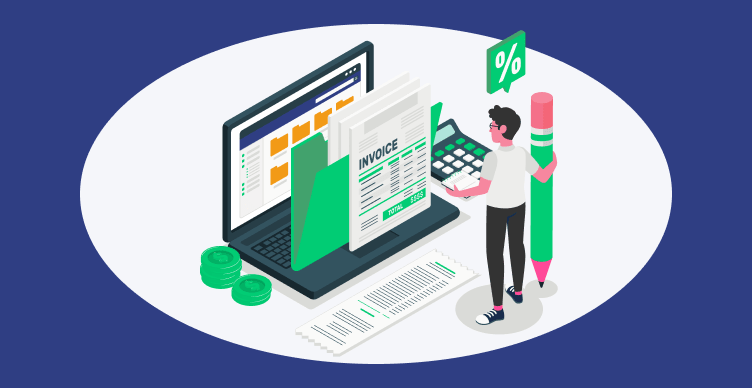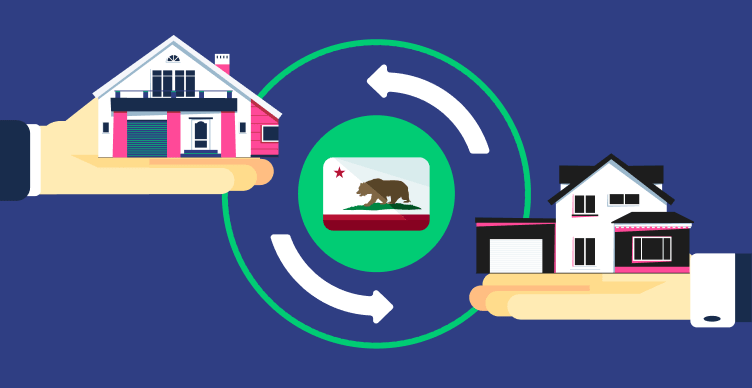A good lease is the foundation of any strong landlord-tenant relationship. But it can be challenging to write a lease on your own. We’ve created this article to share some of our favorite templates for lease agreements with you.
Keep reading to find those templates and learn more about how to use them to create stronger, safer relationships with your tenants.
What is a lease agreement? Who needs one?
A lease agreement is a contract between a landlord and a tenant. It says what the tenant will pay for your rental property and outlines the rules they will need to follow while living there.
Put another way; lease agreements describe the obligations that landlords and tenants have to one another for the duration of the contract. If either party fails to uphold its obligations, then the other may have the right to cancel the agreement and may potentially sue for damages.
Every landlord-tenant relationship should be centered around a lease agreement. Without one of these, it can be difficult for a landlord to seek payment for damages and remove the tenant from the property if they ever need to.
The bottom line is that if you have a tenant living in a property without a lease agreement, you, as a landlord, are leaving yourself open to much more risk than is necessary.
Types of lease agreements
There are a variety of lease agreements to choose from, and the best fit for your property will depend on the type of tenancy you’re having.
For example, some of the most popular types of lease agreements include:
- Annual agreements
- Month-to-month
- Vacation rentals
- Commercial leases
- Lease extension agreements
- Sublease agreements
- Rent-to-own leases
There are pros and cons to each style of lease agreement, so be sure to consider all of your options before finalizing your decision.
For example, annual leases limit a landlord’s ability to increase rent charges for at least one year. However, they also ensure that you get paid for the unit for an entire year, which can be a big benefit in rental markets with low occupancy rates.
8 Lease agreement templates
Now let’s take a look at some of the most popular templates for lease agreements. We’ll highlight eight that could be a good fit for you.
Single-family lease agreement
If you have a single-family rental property that you plan on leasing out, then it’s important to have a lease document that covers all of the necessary provisions and clauses.
That’s why Doorloop created our free single-family lease agreement template. It’s a fully-functioning template that contains everything you need to form a legally binding agreement with your new tenant. We’ve even included some helpful lease clauses to get you started.
Download our free single-family lease agreement template today.
House rental agreement
If you want to create a standard 12-month rental agreement with a new tenant, this house rental agreement template may be a good fit. It’s an easy template that you can fill in with the required information in 15 minutes or less.
Month-to-month lease template
This month-to-month template is a good fit for variable-term tenancies. It has some nice clauses included in the lease already, such as holdover tenancy and use of premises. So you won’t have to fill these out yourself.
Vacation rental template (short-term)
Leases for vacation rentals can be similar to month-to-month leases. However, there are enough differences to make it worthwhile to use a specific vacation rental template, such as the one just linked.
Lease renewal agreement
You may also periodically need to renew a lease agreement with an existing tenant. This process is a bit different than signing a standard lease, so it’s important to ensure you have the right template.
If you’d like to sign a lease renewal agreement with a tenant, here’s a good template to get you started.
Commercial lease agreement template
Commercial leases require special provisions and clauses. If your rental property is a commercial space, here’s a lease template you can use to rent it to a new business.
Whether you use the attached commercial lease agreement template or not, make sure that you take care when outlining the clauses included in a commercial agreement. These are typically much different than residential lease contracts.
Sublease agreement template
Some of your tenants may request to sublease their units. As a landlord, you don’t necessarily need to allow this. However, if you’d like to do so, you should make sure that the agreement contains all of the necessary provisions and legal protections.
With that in mind, here’s our favorite sublease agreement template.
Rent-to-own template
Renting to own a property is a relatively rare phenomenon now. But if it’s something that you’re interested in pursuing with a tenant, here’s a lease agreement you can use to ensure it’s done correctly.
How to create lease agreement templates with Doorloop
Using a lease agreement template is one way to start a new lease with a tenant. But it’s not your only option.
Doorloop makes it easy to create your own custom leases, add tenants to them, and receive all of the payments and signatures that you need from a single platform. We’ll tell you how it works below. Or, take a look at this help article to learn more.
1. Create a new lease

The first thing you need to do is log into the Doorloop platform. Once there, navigate to the new lease button at the upper right of the display.
At this point, you will be prompted to choose the property for the lease and the unit that it applies to. You will then be able to choose lease terms, such as a fixed term or month-to-month, and enter the appropriate dates.
2. Add tenants

Next, you’re going to add the tenants to whom the lease applies. You’ll accomplish that by clicking the “Add Tenant” button on the platform.
If you’ve already got the applicant’s information, the tenant should pop up automatically for you to add to the lease. If you don’t, you’ll have the ability to create a new tenant profile and input their information.
3. Input rent charges, security deposit, and late fees

Once you’ve added the tenant to the lease, you can start setting up the rent charges and other fees for the property from the transactions tab.
You’ll have the ability to set customized payment amounts and payment frequencies. You can even schedule rent increases in advance and add late fees to the lease.
4. Send the lease to the tenant for eSigning
Now all that’s left to do is to send the lease to the tenant so that they can sign and activate it. Doorloop makes this easy to do as well.
Simply click on the “Not Signed” button when prompted by the platform. This will pop up an option to send the completed lease to the tenant so that you can get their eSignature.
Doorloop makes leasing easier
There are many ways to create a lease for your rental property – from writing the lease by scratch to using a template. But if you want to make the process as easy as possible from start to finish without sacrificing quality, Doorloop may be your best option.
Our all-in-one rental property management software takes care of the complicated aspects of leasing for you. It’s also a tool you can use to manage every aspect of your property – from accepting rental payments to managing maintenance requests.
If you’d like to learn more about what Doorloop can do for you, sign up for a free demo of the software on our website. Or, download our free single-family lease agreement template to get the lease agreement you need set up fast.
FAQ
What should a lease include?
A lease should include specific payment requirements, security deposits, late fees, pet and parking clauses (optional), a notice of entry procedure, and any other clauses that may be relevant to your property.
Does a lease agreement need to be notarized?
A lease agreement only needs to be notarized if your state requires it. Some, like California, don’t require any notarization. Others, like Washington state, require notarization for leases longer than 12 months. Check your state’s requirements to find out whether your lease needs to be notarized or not.
What are 5 things that should be included in a lease?
You should include payment requirements, names of tenants, terms of the tenancy, repairs and maintenance requirements, and details about entering the rental property. Your lease may also need clauses for pets, parking, and other tenancy restrictions, depending on your situation.
What are the 3 most important clauses you should look for in a lease?
Some of the main clauses you should include in your lease are a use of premises clause, subletting clause, and severability clause. However, this can vary based on what matters most to you as a landlord.













































































































.svg)
























